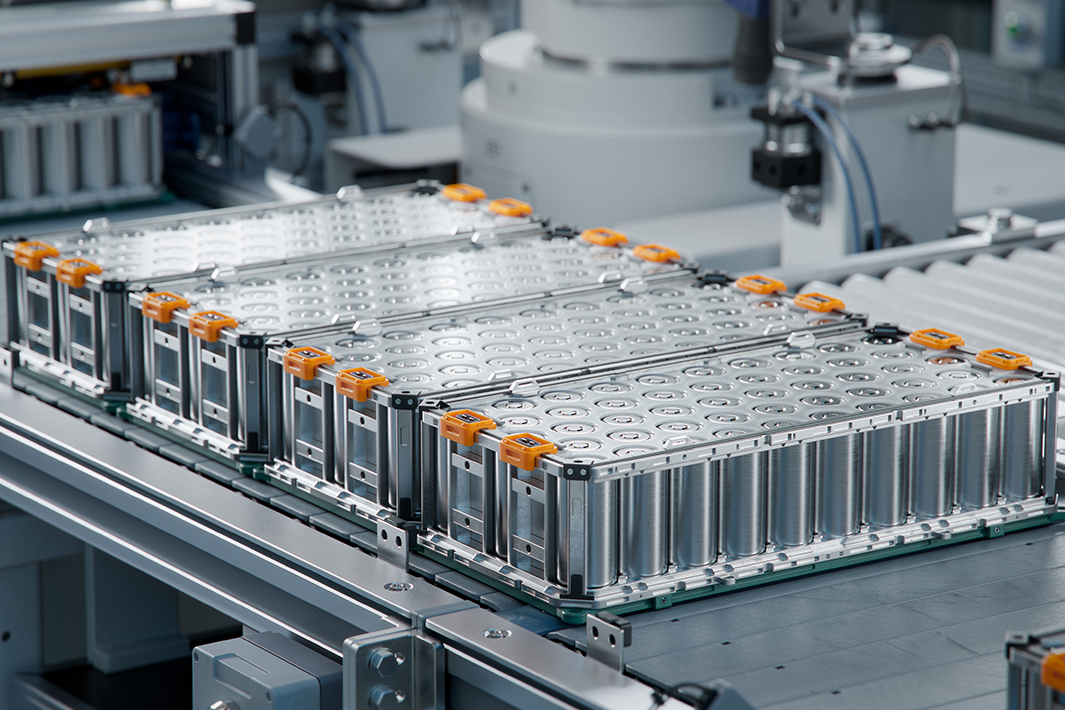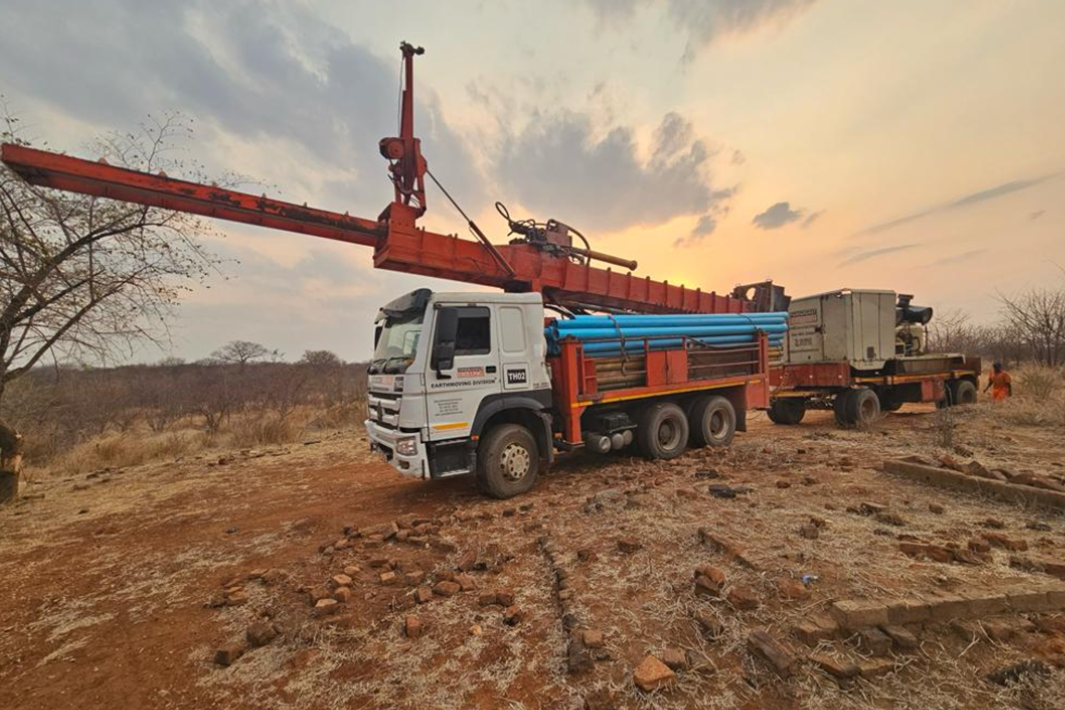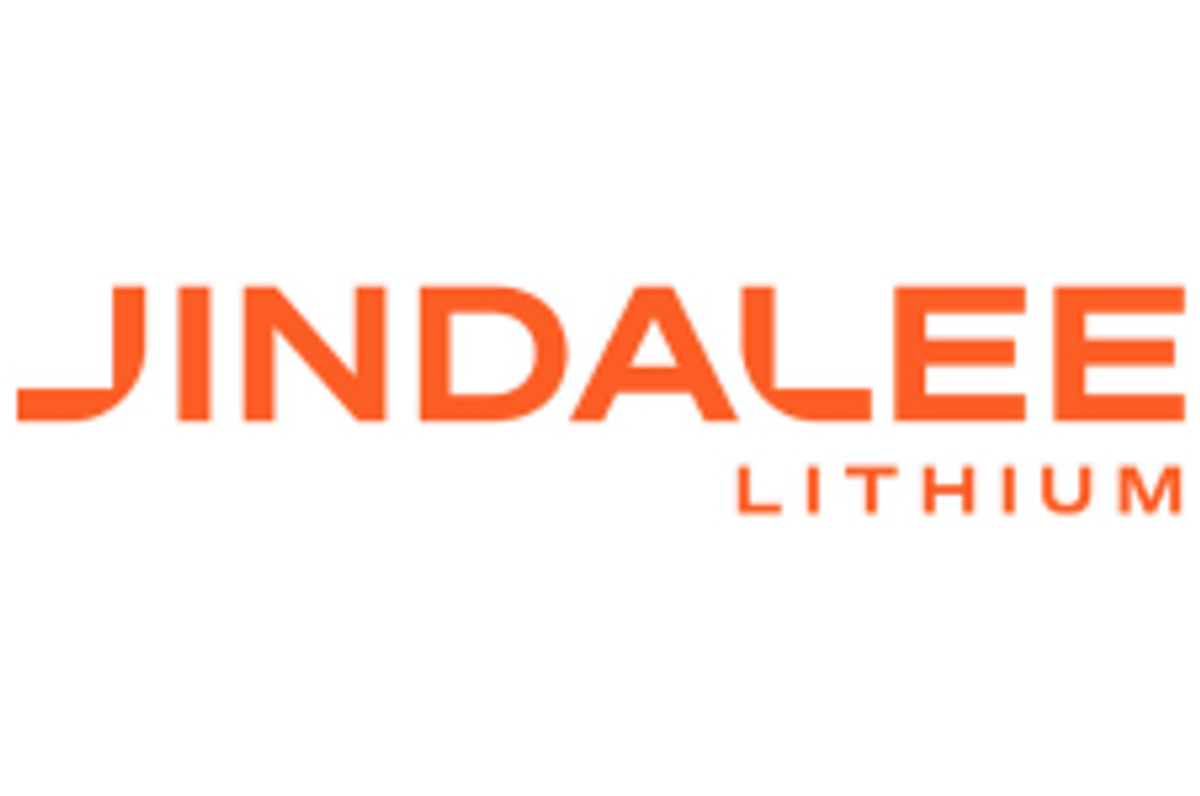Clarity Gold Corp. (" Clarity " or the " Company ") (CSE: CLAR, OTC: CLGCF, FSE: 27G) is pleased to announce that it has entered into an option agreement dated December 6, 2022 (the " Option Agreement ") with Genius Metals Inc. (the " Optionor "), an arm's length public company listed on the TSX Venture Exchange (" TSXV "), to earn an undivided 50% right, title, ownership and beneficial interest in and to 21 mineral claims covering approximately 1107 hectares (the " Property ") located in the James Bay Region of Northern Quebec (the " Transaction ").
Highlights of the Lithium381 Property
- 1107 ha land position contiguous to Allkem Limited's (TSX: AKE, ASX: AKE, OTC: OROCF) ("Allkem") James Bay Lithium feasibility stage project (formerly Galaxy Lithium's Cyr Project).
- Allkem's project contains:
- a 40.3 Mt indicated resource at 1.40% Li 2 O
- From those 40.3Mt indicated, a probable reserve of 37.2Mt at 1.3% Li 2 O
(Source: James Bay Lithium Project Feasibility Study and Maiden Ore Reserve, December 2021 filed by Allkem on SEDAR on January 11, 2022 (the " Allkem Feasibility Study ")).
- Allkem's project contains:
-
- Scheduled to begin construction in 2023 Q1 with an estimated 19 year mine life
- 3 km from the KM 381 service station on the James Bay Road (Route 109) providing logistical support
- Accessible year round
Figure 1 Location of Lithium 381 Project showing nearby properties and total pit outline on Allkem's James Bay Lithium Project from the Allkem Feasibility Study.
"This Option Agreement marks Clarity's step towards diversifying its mineral portfolio into the exciting lithium space," stated Clarity CEO James Rogers. "We are excited to begin exploring such a well positioned project with favourable underlying geology adjacent to a world class lithium deposit."
The Lithium 381 Property
The Property is located in Northern Quebec, Canada, approximately 3 km from the James Bay Road and the service station at KM381 which provides infrastructure to the local area.
The 21 mineral claims comprising the 1107 ha property are contiguous with Allkem Limited's James Bay Lithium Property hosting a deposit with Indicated resources of 40.8 Mt @1.40% Li 2 O. The James Bay Lithium deposit is a lithium bearing pegmatite, which is slated to start construction in q1 2023. (Source: Allkem Feasibility Study filed by Allkem on SEDAR on January 11, 2022).
The Property has not previously been explored for lithium bearing pegmatites but is underlain primarily by amphibolite facies metasedimentary and minor metavolcanic rocks of the Lower Eastmain Group of the Eastmain Greenstone belt in the northeastern part of the Superior Province the same host rocks of the adjacent James Bay Lithium Deposit.
Quebec has become a favourable jurisdiction for critical mineral exploration investment with its ‘2030 Plan for a Green Economy' targeting a reduction in carbon emissions as well as its ‘Plan for Development of Critical and Strategic Minerals (2020-2025)' which includes commitments to share financial risk and plans to improve infrastructure for projects in Northern Quebec.
Guy Goulet, CEO of Genius Metals mentioned: "Genius is pleased to partner with a group like Clarity that is willing to commit rapidly in exploring this prospective property. The proximity with such an advanced project makes the Lithium381 a prime lithium exploration target."
Option Agreement
Under the terms of the Option Agreement dated December 6, 2022 , the Optionor granted the Company the exclusive right and option to acquire a 50% interest in the Property (the " Option "). To maintain the Option in good standing, the Company must:
- incur an aggregate of $750,000 in exploration expenditures on or before December 31, 2024, inclusive of the deposit of $25,000 provided by the Company to the Optionor on November 25, 2022; and
- issue an aggregate of 720,000 common shares of the Company (the " Shares "), which Shares will be subject to a voluntary escrow to be released as to 90,000 Shares every four months commencing on the date that is four months after the closing of the Transaction.
Closing of the Transaction remains conditional upon, without limitation, approval by the board of directors, receipt of all necessary third party and regulatory approvals inclusive of approval from the Canadian Securities Exchange (the " CSE ") or the TSXV, as applicable, and other conditions customary for transactions of this nature.
Joint Venture Agreement
Upon the Company exercising the Option, a joint venture among the Company and the Optionor will be formed. The parties agree to pay their pro-rata share of exploration expenditures going forward, failing which their respective interest will be diluted. The Company will be the initial operator of the Property.
The Company is also pleased to announce a non-brokered private placement consisting of the issuance of up to 10,000,000 non-flow-through units (each, a " Unit ") of the Company at a price of $0.10 per Unit for gross proceeds of up to $1,000,000 (the " Offering "). Finders' fees may be paid by the Company in connection with the Offering.
Each Unit consists of one common share in the capital of the Company (each, a " Share ") and one Share purchase warrant (each, a " Warrant "), with each Warrant entitling the holder thereof to purchase one additional Share (each, a " Warrant Share ") at a price of $0.12 per Warrant Share for a period of 36 months following issuance. The Warrants are subject to an acceleration provision whereby in the event the Shares have a closing price on the CSE (or such other exchange on which the Shares may be traded at such time) of $0.50 or greater per Share for a period of ten (10) consecutive trading days at any time from the date of issuance, the Company may accelerate the expiry date of the Warrants by giving notice to the holders thereof (by disseminating a news release advising of the acceleration of the expiry date of the Warrants) and, in such case, the Warrants will expire on the thirtieth day after the date of such notice.
The aggregate proceeds of the Offering are anticipated to be used for general corporate, investor relations, marketing and working capital.
Equity Compensation
The Company also announces that it has granted an aggregate of 1,500,000 stock options (the " Stock Options ") to purchase up to 1,500,000 Shares of the Company and an aggregate of 2,500,000 restricted share units (" RSUs ") to certain employees, directors and officers of the Company (the " Equity Compensation Grant ") in accordance with the Company's stock option plan (the " Stock Option Plan ") and long term incentive plan (the " LTIP "), respectively. Copies of the Stock Option Plan and LTIP are available under the Company's profile on SEDAR.
The Stock Options are exercisable at a price of $0.14 per Share for a period of three years. The Stock Options vest immediately. The RSUs vest six months following the date of the grant.
All securities issued in connection with the Transaction, the Offering and the Equity Compensation Grant will be subject to a statutory hold period expiring four months and one day after the date of issuance, as set out in National Instrument 45‐102 – Resale of Securities .
None of the securities sold in connection with the Offering or those acquired or issued pursuant in the Equity Compensation Grant will be registered under the United States Securities Act of 1933 , as amended, and no such securities may be offered or sold in the United States absent registration or an applicable exemption from the registration requirements. This news release shall not constitute an offer to sell or the solicitation of an offer to buy nor shall there be any sale of the securities in any jurisdiction in which such offer, solicitation or sale would be unlawful.
Qualified Person
Mr. Rory Kutluoglu P. Geo., a member of the advisory board and a consultant of the Company, is a Qualified Person as defined in National Instrument 43-101 – Standards of Disclosure for Mineral Projects and has reviewed the technical information in this news release.
About Clarity
Clarity Gold Corp. is a Canadian mineral exploration project generator company focused on the acquisition, exploration and development of precious and base metals projects. The Company's objective is to identify, acquire and develop gold-primary and base metals projects which have been overlooked, underfinanced or have become non-core assets and fallen dormant. Clarity's exploration mandate is global and focused on countries with established legal and regulatory systems supporting mining investment. The Company is based in Vancouver, British Columbia, and is listed on the CSE under the symbol "CLAR".
Clarity also has title on three additional early-stage projects in British Columbia:
- Empirical Gold Copper Molybdenite Property (10,518 ha) – Lillooet, B.C.
- Tyber Gold Copper Silver Property (928 ha) – Southeast Vancouver Island, B.C.
- Gretna Green Gold Copper Silver Property (1,331 ha) - Port Alberni, Vancouver Island, B.C.
Clarity recently was assigned an option to acquire the Fecteau project located in the prolific Abitibi gold belt adjacent to Osisko Mining's Windfall project.
To learn more about Clarity Gold Corp. and its projects please visit www.claritygoldcorp.com.
ON BEHALF OF THE BOARD
" James Rogers "
Chief Executive Officer
Tel: 1 (833) 387-7436
Email: info@claritygoldcorp.com
Website: www.claritygoldcorp.com
This news release contains forward-looking statements. All statements, other than statements of historical fact that address activities, events or developments that the Company believes, expects or anticipates will or may occur in the future are forward-looking statements. Forward-looking statements in this news release include statements regarding the fact that the Property is a well positioned project with favourable underlying geology adjacent to Allkem's world class lithium deposit and that it hosts the same rocks and geological structure; receipt of regulatory and, if applicable, approval from the CSE and TSXV of the Transaction; the Company and the Optionor forming a joint venture following the exercise of the Option; the Company completing the Offering as proposed and the anticipated use of proceeds of the Offering . The forward-looking statements reflect management's current expectations based on information currently available and are subject to a number of risks and uncertainties that may cause outcomes to differ materially from those discussed in the forward-looking statements including: that the Property may not host any lithium at all or any commercially viable grades of lithium; that the Property may not host any lithium resources like Allkem's adjacent property; that the Company may not complete the drilling program on the Property as proposed; that the Company may not be able to make the incur the expenditures on the Property; the Company may not be able to complete the Offering as proposed; adverse market conditions; and other factors beyond the control of the parties. Although the Company believes that the assumptions inherent in the forward-looking statements are reasonable, forward-looking statements are not guarantees of future performance and, accordingly, undue reliance should not be put on such statements due to their inherent uncertainty. Factors that could cause actual results or events to differ materially from current expectations include general market conditions and other factors beyond the control of the Company. The Company expressly disclaims any intention or obligation to update or revise any forward-looking statements whether as a result of new information, future events or otherwise, except as required by applicable law.
The Canadian Securities Exchange (operated by CNSX Markets Inc.) has neither approved nor disapproved of the contents of this press release.
A photo accompanying this announcement is available at https://www.globenewswire.com/NewsRoom/AttachmentNg/afd289c4-1542-4449-a869-85e0f216f554





